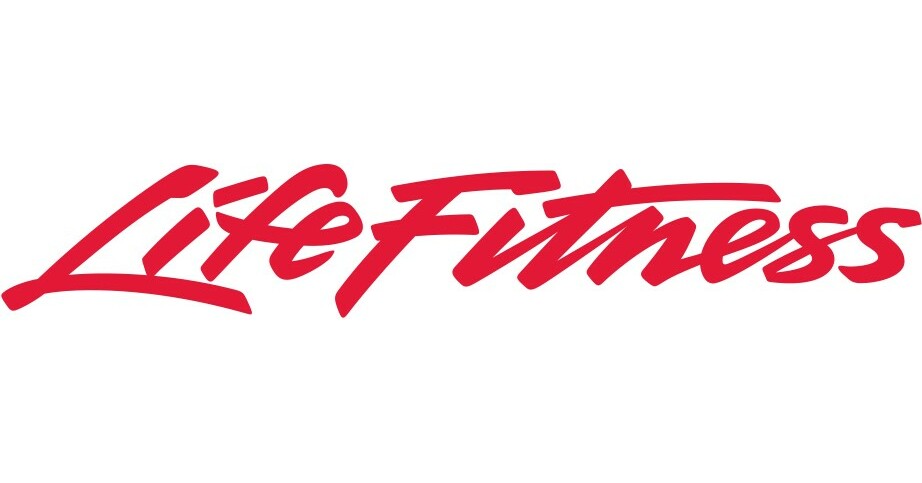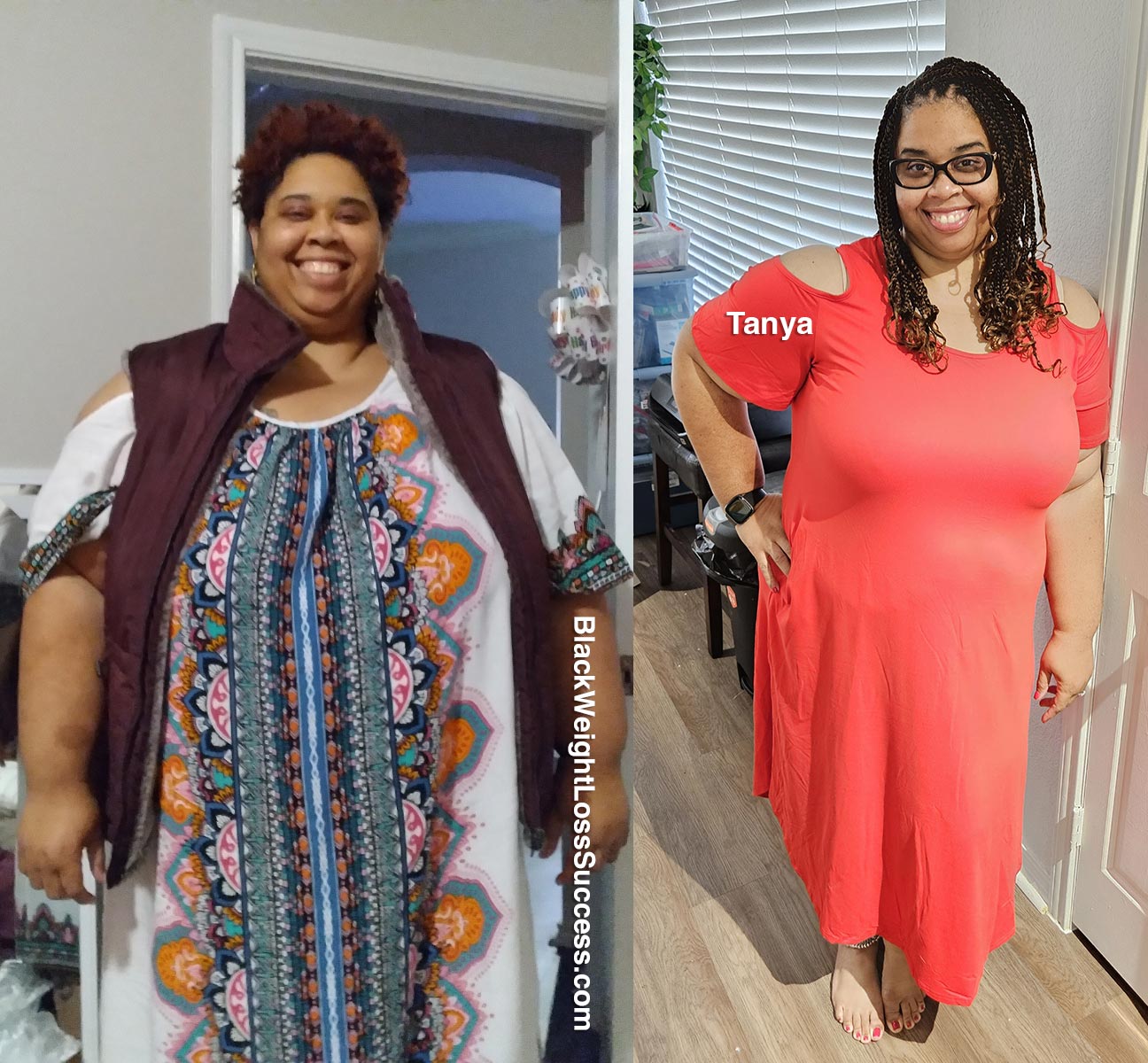Key Takeaways
- What Is On a Mattress Tag: Mattress tags provide crucial information, including materials, safety standards, and warranty details, crucial for informed mattress purchases and maintenance.
- Why Owners Shouldn’t Remove a Mattress Tag: Removing mattress tags may not have legal consequences for consumers, but it can void warranties and hinder the identification of potential allergens, compromising the mattress’s safety and longevity.
- Why Mattress Tags Are Legally Necessary: Mattress tags play a vital role in ensuring compliance with federal and state regulations, highlighting the use of sustainable materials, and providing care instructions for the maintenance of your mattress, contributing to a healthier sleep environment.
Who would’ve thought that those small, often overlooked tags on your mattress hold the key to better sleep and informed choices? But comprehending the information on mattress tags is crucial for making well-informed decisions about your sleep environment.
In this blog post, we’ll explore the world of mattress tags, unraveling their significance and guiding you on how to read a mattress tag and understand them. Let’s unlock the secrets behind these tiny tags and revolutionize your sleep experience!
The History and Purpose of Mattress Tags
Once upon a time, mattress manufacturers used all sorts of materials – from horse hair to corn husks – in building mattresses. To protect consumers and ensure that mattresses were made with safe and clean materials, federal and state regulators introduced mattress tags, also known as law labels, in the early 1900s, under the penalty of law for non-compliance.
Today, mattress tags guarantee that your new mattresses are made with approved bedding materials, preventing any deceptive act. They also hinder the reselling of used mattresses without proper disclosure, allowing you to know exactly what your sleeping surface is made of.
Can You Remove the Mattress Tag? Debunking the Myth
Many people believe that it’s illegal to remove the mattress tag, but this is actually a myth. See, the law is not intended for mattress owners but for mattress sellers and manufacturers, under The Textile Products Identification Act enforced by the Federal Trade Commission (FTC)
As the FTC says in the act’s section on removing a tag, stamp, label, or other identification before a textile is sold, “Any person violating this (…) shall be guilty of an unfair method of competition, and an unfair or deceptive act or practice, under the Federal Trade Commission Act.”
These sewn-on tags provide important information about the mattress’s contents, manufacturing details, safety warnings, compliance with regulations, and warranty specifications, and their removal could hinder consumer protection measures. In other words, it’s about preventing fraudulent practices that can put consumers at risk.
While it’s not against the law for consumers to remove the tag, doing so could void your mattress warranty. It’s often used as proof when trying to file a warranty claim.
Removing the mattress law tag can also make it difficult to identify the mattress’s origins or specific characteristics. Mattress tags list all the ingredients found inside the mattress, which can be helpful if you need to review it for medical reasons. Such as making sure it’s safe for a guest staying over with an unexpected allergy.
So, while there’s no legal consequence for removing the tag, it’s still a good idea to keep it in place. The tag contains essential information about the mattress, and preserving it can help protect your investment and ensure the mattress warranty remains valid.
Deciphering the Mattress Tag: Materials & Components
All the materials used in the mattress, from natural latex and memory foam to wool fiber and organic cotton, are listed on the mattress tags. This knowledge of what’s inside your mattress can provide peace of mind by confirming there aren’t any hidden chemicals or allergens.
Plus, it helps assure consumers that your mattress is made ethically and with sustainable materials, as well as being comfortable through testing mattresses. The tag should also make it clear whether it’s made with recycled or repurposed materials or whether it’s entirely a “never been used product.”
Federal and State Regulations: Ensuring Compliance
Federal and state regulations mandate that mattress tags adhere to safety and sanitation standards. These regulations include the US Consumer Product Safety Commission’s 16 CFR Parts 1632 and 1633, which dictate the flammability information that must be present on mattress tags.
One crucial piece of information required by law is whether the mattress contains new or recycled materials. This information on mattress tags enables regulators to enforce safety and sanitation standards, including flammability standards and labeling requirements.
This is also why it’s suspect if a mattress seller tries to peddle a mattress without this information printed on the tag. Removing the tag could mean that the mattress is not up to safety standards.
Warranty and Care Instructions: Protecting Your Investment
In addition to material information, mattress tags often include warranty and care instructions (much like the laundry care and washing symbols on a piece of clothing or bedding’s attached tag).
The mattress warranty information typically consists of the length of coverage and the manufacturer’s warranty code. It’s important to keep the tag safe and in one piece, as it serves as the proof of warranty for filing a claim.
Adhering to the care instructions on a mattress tag can:
What can contribute to your mattress’s good health? While care instructions may vary, here is the place to start:
Eco-Friendliness and Sustainability: Responsible Manufacturing
As environmental awareness grows, eco-friendly and sustainable materials are becoming increasingly popular in mattress manufacturing. Recycled content, organic fibers, and certified sustainable components are among these materials, aiding in a more responsible and environmentally conscious manufacturing process.
Recycled Content
Recycled content in mattresses can include steel coils and polyester fibers. These materials undergo a separation and recycling process to be reused in the production of new products. Additionally, chemical recycling processes are being developed to convert polyurethane foam from old mattresses into raw materials for creating new foam products.
Using recycled steel coils in mattresses offers several advantages, such as:
- Being eco-friendly
- Cost-efficiency
- Durability
- Supportiveness
Recycled polyester fiber, on the other hand, is used as filling material in pillows, mattress pads, and quilts, and is produced from PET (Polyethylene Terephthalate). Both materials contribute to reduced waste and a more sustainable mattress industry.
Organic Fibers
Organic fibers, such as cotton and wool, are preferred for their natural properties and lower environmental impact. Some benefits of using organic fibers include:
- Certified organic wool is produced without synthetic chemicals
- Organic cotton is grown from non-GMO plants
- Organic fibers are often used in the cover of organic mattresses
These organic fibers offer benefits such as excellent air flow and moisture-wicking properties, making mattresses more comfortable and breathable. Additionally, their production processes minimize harm to the environment and human health, making them a responsible choice for mattress manufacturing.
Certifications
Certifications, such as the Global Organic Textile Standard (GOTS) and CertiPUR-US, indicate that a mattress meets specific eco-friendly and safety standards.
The GOTS certification ensures that mattresses are made from organic materials and meet strict criteria for organic status.
The CertiPUR-US certification, on the other hand, verifies that flexible polyurethane foams used in mattresses are safe and free from harmful compounds.
The presence of these certifications on mattress tags can help consumers make informed decisions. It frees them to choose a mattress that aligns with their values and preferences for sustainability and safety.
Allergy and Health Concerns: Know What You’re Sleeping On
Mattress tags can help you identify potential allergens and health concerns related to the materials used in your mattress. Common
allergens
in mattresses include:
- latex
- dust mites
- dust particles
- dead skin cells
By checking the materials listed on the tag, you can determine if there’s anything in your mattress that could trigger allergies or sensitivities and choose the hypoallergenic mattress you need.
Different mattress materials can also raise health concerns, such as exposure to toxic chemicals and volatile organic compounds (VOCs) that cause mattress off-gassing. If you have specific health concerns or sensitivities, opting for a mattress made with non-toxic and hypoallergenic materials is a wise choice.
Within recent years, there’s also been a growing consumer concern about fiberglass in mattresses. Fiberglass is a common material used to meet fire safety standards for mattresses made in the US, replacing older chemicals that had questionable safety.
However, mattress fiberglass has been found to have its own downfalls. Namely, if fiberglass escapes the mattress, such as by seeping through a worn-out cover, it can irritate your breathing and stomach. Plus, once it’s free of the mattress cover, it’s difficult to clean up mattress fiberglass.
A mattress tag can help you rest easy that you’ve chosen a fiberglass-free mattress model. Aside from “fiberglass” or “glass fibers,” be on the lookout for tags with “glass wool” listed.
Tips for Choosing the Right Mattress: Using Tag Information
When choosing a mattress, using the information found on mattress tags can help you make an informed decision. Tags provide details about:
- The manufacturer
- Care and maintenance instructions
- Suggested sleeping positions
- Materials used in the mattress
- Third-party material certifiers
- Whether the mattress is new or used
- Flammability compliance
- Any other warnings required by law
By understanding the information on the tag, you, as the ultimate consumer, can make smarter choices based on your needs and preferences.
For instance, if you’re concerned about eco-friendliness, check for certifications on the tag that indicate it meets the standards for an eco-friendly and sustainable mattress.
Similarly, if you have allergy concerns, scanning the tag for potential allergens can help you determine if a particular mattress is suitable for you.
The more you know, the better equipped you’ll be to find the perfect mattress for your unique needs.
The Future of Mattress Tags: Innovations and Improvements
As technology evolves, innovations and improvements in mattress tags are likely to follow. One such development is the emergence of digital tags in the mattress industry. These digital tags can provide real-time pricing and product information in stores, and even integrate with IoT devices to automate and streamline the shopping experience.
Another possible improvement is the inclusion of more detailed information about materials and manufacturing processes on mattress tags. As consumers become increasingly conscious of eco-friendliness and product transparency, the demand for more comprehensive information on tags may grow.
These advancements have the potential to make the mattress industry more transparent and customer-friendly, further revolutionizing the way we shop for and understand our mattresses.
FAQs
What are the tags on mattresses for?
Mattress tags contain crucial information about the product, including manufacturing details, contents, safety precautions, and regulatory compliance. They offer essential insights into the mattress’s origin, ensuring transparency and consumer protection. Tags also serve as proof of purchase for warranty claims.
It’s important not to remove the tag unless you are the owner of the mattress.
What happens if you take the tag off of a mattress?
Removing the mattress tag, despite being a common misconception, is not a legal issue for the end consumer. The legal restriction primarily applies to manufacturers and retailers. While the consequences may not directly impact the consumer, it is advisable to retain the tag for warranty purposes and to refer to any necessary information related to the product.
Is the mattress tag on the top or bottom?
Generally, mattress tags are located on the bottom, underneath the bed. This placement prevents unnecessary visibility, maintaining the aesthetic appeal of the mattress. It also maintains the tag well if you need to consult its information or submit it as proof for a warranty claim.
Do all mattresses have tags?
Yes, nearly all new mattresses are required to have tags. These tags serve as a means to ensure consumer safety, provide pertinent details about the mattress, and comply with industry standards and regulations. If you buy a used mattress it may not still have a tag, but this is another reason to be wary of used mattresses.
How do I know what model my mattress is?
Check the law tag sewn into your mattress, typically located by the head or foot of the mattress on the underside. Here on the tag, you’ll find the date of manufacture and the model number. This can help with registration, warranties, or finding something similar to a product you love.
Conclusion
Mattress tags hold valuable information about the materials, safety, and eco-friendliness of your mattress. By understanding and using this information, you can make better choices for your sleep environment and invest in a product that aligns with your values and preferences.
Remember, it’s not just about what’s on the surface – it’s also about what’s hidden beneath. Awareness of the materials used in your mattress allows you to invest in a non-toxic and chemical-free mattress. The power is in your hands – or rather, on your mattress tag.
So start paying attention to these tiny labels and sleep better knowing you’ve made the right choice!






























